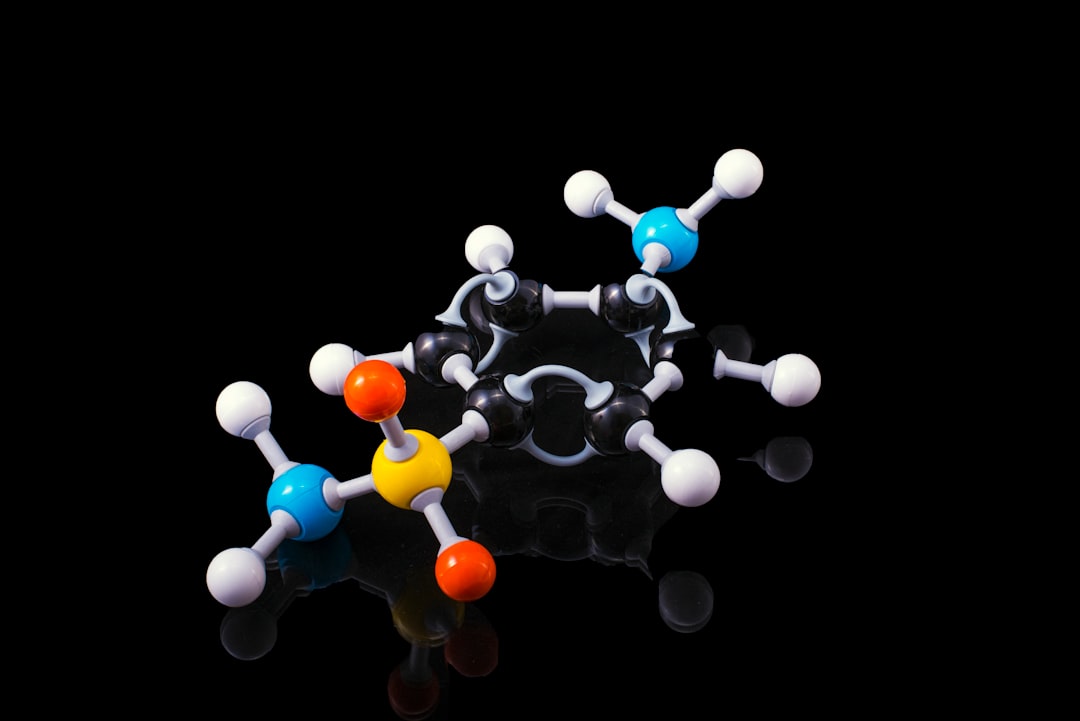What is it about?
Nanoparticles with different physicochemical properties, including various sizes, shapes, surface charges, and modifications, can lead to inflammatory responses and subsequent IL-1 cytokine secretion, which is a normal physiological response by the human immune system. However, the uncontrolled release of cytokines, persistent activation of inflammasomes, and persistent suppression of the immune system cause immunotoxicity in humans.
Featured Image

Photo by Mladen Borisov on Unsplash
Why is it important?
Humans are exposed to Engineered nanomaterials (ENMs) intentionally (nanomedicine) and unintentionally (invaders), and thus these ENMs can affect the immune system and elicit unforeseen immune reactions. IL-1 family cytokines, the most important immunological factors produced and secreted by cells, are crucial for human defensive reactions and promoted health. However, excessive or uncontrolled release of IL-1 family cytokines can cause immune-related adverse effects, for example, a cytokine storm, when secreted at a high level in a short time, or can cause chronic inflammatory syndrome when secreted uncontrollably and persistently. Given the important roles that IL-1 family cytokines play in immunity, understanding their mechanisms of action in ENM-induced inflammatory reactions and immunotoxicity is important. Notably, assessment of the time-dependent production and secretion of these cytokines in vitro and in vivo upon ENM stimulation is critical, and ENM-induced pathological conditions need to be carefully analyzed in vivo to gain a better understanding of ENM immunotoxicity.
Perspectives
How ENMs with various physical and chemical properties (e.g., size, shape, chemical composition, surface structure, or solubility) affect the secretion of IL-1 family cytokines has not been effectively evaluated. In general, little is known about the cellular or molecular mechanisms by which ENMs affect the secretion of IL-1 family cytokines. Although ENMs have been found to induce secondary signaling to activate inflammasome leading to IL-1β/18 secretion, the other cytokines secreted are also largely unknown. Therefore, more studies need to be conducted not only in the nanotoxicology field but also in the immune-biology field to gain a better understanding of the molecular mechanisms by which these cytokines are secreted during immune reactions. To better elaborate on the immunotoxicity induced by ENMs, we need to apprehend the crucial role played by IL-1 family cytokines in immunity and accurately evaluate the secretion of these cytokines upon ENM stimulation with both in vitro and in vivo models in future studies. For accurate assessments, ENMs need to be carefully characterized in terms of both their physicochemical properties and related bioactive contaminants, which may affect potential EMN immunotoxicity. In addition, ENMs can change protein structure, protein–protein interactions, and protein activation. Thus, they may interfere with the immunotoxicity tests and cause false negative or positive results. Furthermore, endotoxin can mask the real immunotoxicity of ENMs. Therefore, in contrast to those of traditional drugs, immunotoxicity tests of ENMs may involve more testing methods performed in parallel. To this end, computational tools can also be employed. With the development of nanotechnology and the study of nanotoxicology, quantitative structure–activity relationship (QSAR) modeling may be useful in analyzing the immunotoxicity of ENMs in the future with emphasis on IL-1 family cytokines.
Luo Wenhe
Read the Original
This page is a summary of: The importance of the
IL
‐1 family of cytokines in nanoimmunosafety and nanotoxicology, Wiley Interdisciplinary Reviews Nanomedicine and Nanobiotechnology, November 2022, Wiley,
DOI: 10.1002/wnan.1850.
You can read the full text:
Contributors
The following have contributed to this page










